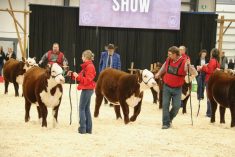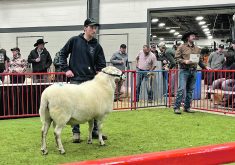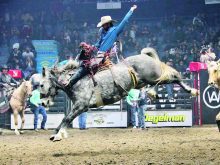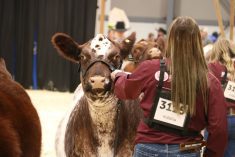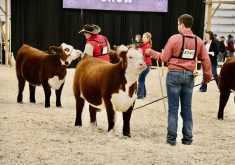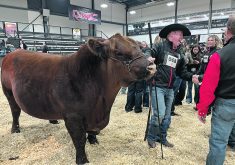Breed that everyone seems to love needs an injection of enthusiasm to help it survive beyond ‘wild west’ portrayal
REGINA — Texas Longhorns are known for their horns, but Saskatchewan producer Deb Lesyk would like more people to know about the lean, nutritious meat they provide.
And, she wants more people to raise them.
“We need an injection of enthusiasm,” she said. “We seem to be a breed that everybody loves but nobody wants to do anything with.”
Read Also
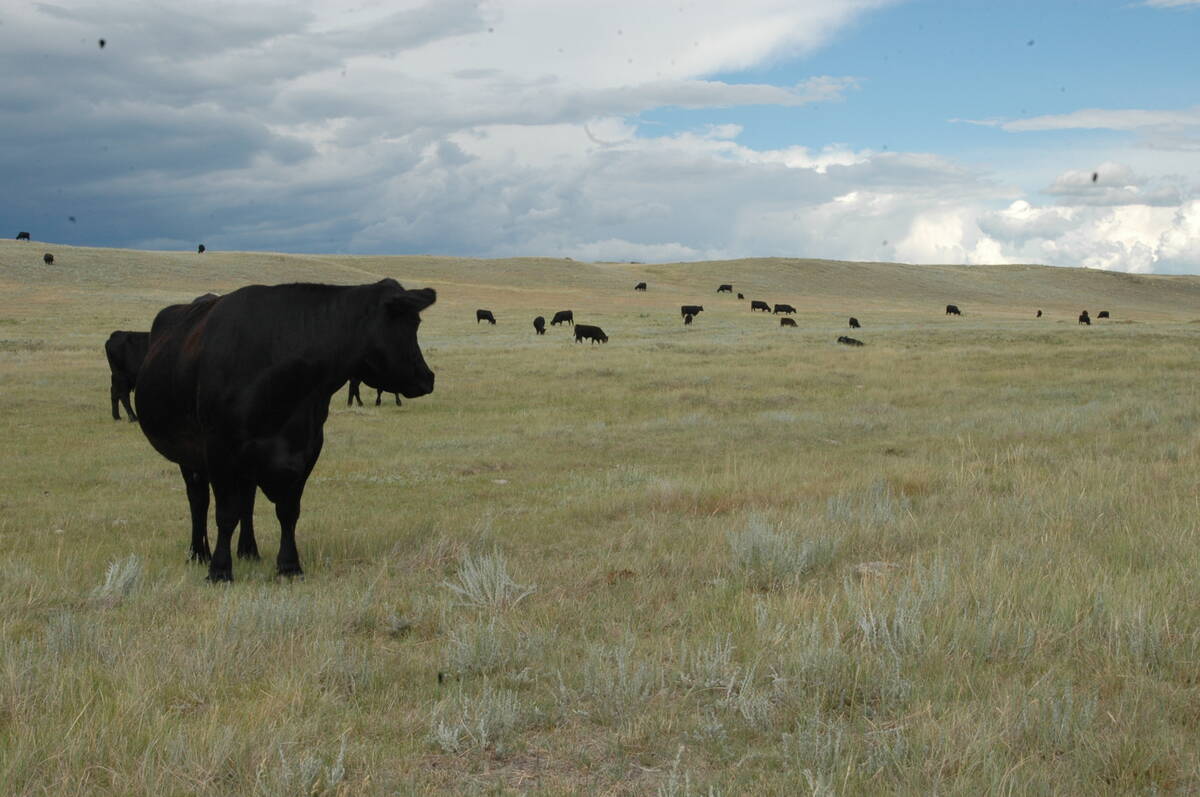
Canadian Food Inspection Agency slammed for handling of bovine tuberculosis case
The federal government leans heavily on producers to “take one for the team” and risk their livelihoods without any reassurance of support.
Lesyk believes there is a huge opportunity to produce meat with 30 per cent less muscle fat and 15 per cent less saturated fat than other meat.
“This is the breed that health professionals are looking at for their cardiac people, for their diabetics,” she said. “This is the breed that is going to keep Canadians and the world well.”
The breed has a long association with the wild west and the early days of western settlement in the United States and Canada but Lesyk said they are much more than that.
She is a long-time member of the Canadian Texas Longhorn Association, which is based in Saskatchewan and has members in Ontario, Manitoba and Alberta.
Lesyk and her late husband began raising Longhorns in 1988. She is the director of Region 1 and 2 of the Texas Longhorn Association of America, representing Canada, Australia and the northern states.
There are two breed registries, the Texas Longhorn Breeders Association and the International Texas Longhorn Association, both based in Texas.
“We started off for a variety of reasons. The biggest one for us is we were certainly western history buffs,” she said.
They soon found the animals were intelligent and easy to handle.
“We always see the bad side of them portrayed. In the wild west, they’re the wild herd and they’re charging you or whatever, but if you’re kind to them, they’re kind to you.”
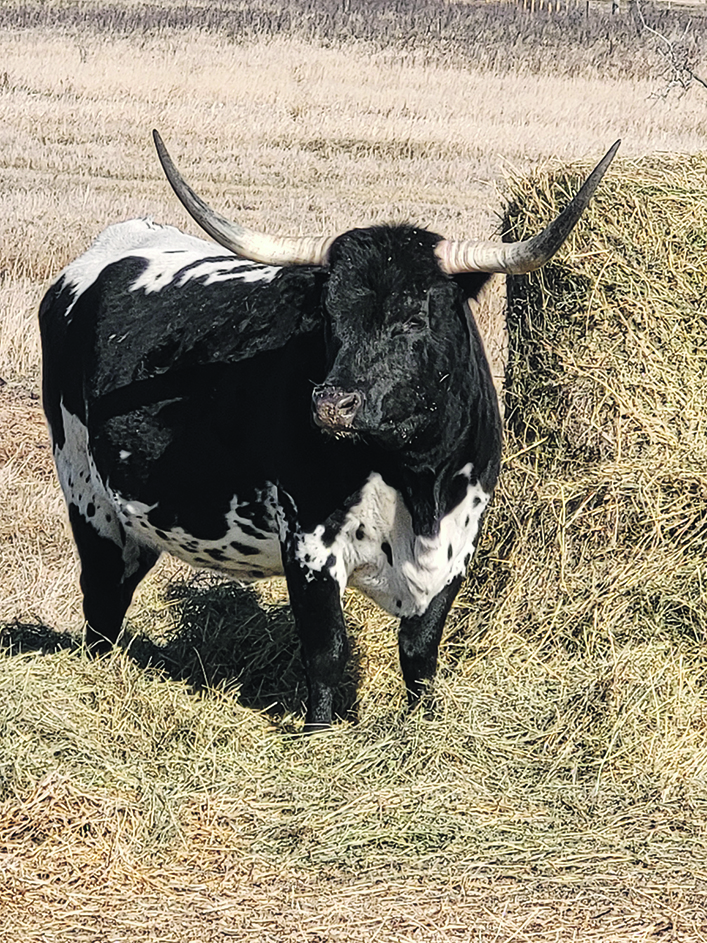
Longhorns have a natural pecking order and Lesyk found they don’t push and shove in pens, possibly because of their horns.
They also thrive in all types of climates. She said the breed is popular in Australia and also does well in 40 below weather as long as animals are out of the wind.
“Yes, their horns can freeze, but if they’re fed and watered and got some shelter, they’re fine. Ours are out all winter. They have trees and there are some windbreaks.”
Other attributes are disease resistance, calving ease — they usually calve in the morning, Lesyk said —and fertility.
“My oldest cow right now is 20 years old and she had a calf when she was 19. They breed well into their teens.”
Longhorns forage on minimal pasture and are excellent for cross-breeding, she added.
“Many people use a Longhorn bull on their two-year-olds or their yearling heifers because the calf is a smaller calf. They cross so well with Charolais and Angus.”
People are often surprised by how much beef the animals can produce. Plus, every part of the animal can be used. Hides are in big demand for their colours.
For all her passion about the breed, Lesyk said she is into her last few years with them.
“My goal was to keep showing them until I was 75 and then it was time for some of the younger ones to take over.”
It’s critical that those who do buy Longhorns maintain their breed registration, she said. Breeders don’t know how many Longhorns are out there because commercial cattle producers often fail to maintain the papers.
“It’s important to keep the registered stock registered to keep the purity of the breed. We worked too hard and come too far to slide back to what Longhorns used to be.”
The notion that Longhorns are skinny animals only suitable for recreational stock isn’t true, she said. Breeders know that and she wants others to know that, too.
But Lesyk lamented that the breed is only at Canadian Western Agribition for a short time.
“We’re put off in a different barn and we’re only there for two days.”
That makes it difficult for people to see them and decide if the breed is for them.
Lesyk just sold several animals to a new, young breeder near Shellbrook and hopes he will bring them to the national show held at Agribition.
Taking a Longhorn is much less onerous than the other breeds.
“They can be washed and blow dried and that’s it,” she said. No major clipping is allowed.
Those who want Longhorn beef can find a breeder through the CTLA website. Some breeders are working to establish the beef in restaurants and Lesyk said the association is working to promote the breed overall.
“I just want people to believe in them and I want people to appreciate all that they can offer, not only their looks and their history, but also their versatility.”




